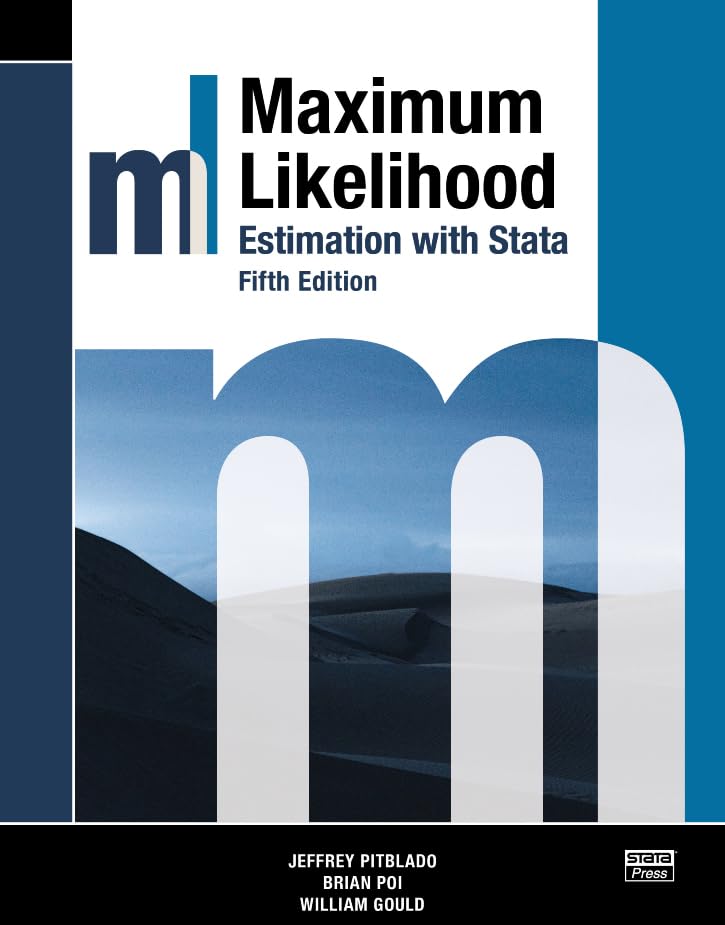

Most ebook files are in PDF format, so you can easily read them using various software such as Foxit Reader or directly on the Google Chrome browser.
Some ebook files are released by publishers in other formats such as .awz, .mobi, .epub, .fb2, etc. You may need to install specific software to read these formats on mobile/PC, such as Calibre.
Please read the tutorial at this link: https://ebookbell.com/faq
We offer FREE conversion to the popular formats you request; however, this may take some time. Therefore, right after payment, please email us, and we will try to provide the service as quickly as possible.
For some exceptional file formats or broken links (if any), please refrain from opening any disputes. Instead, email us first, and we will try to assist within a maximum of 6 hours.
EbookBell Team

0.0
0 reviewsThe fifth edition includes a new second chapter that demonstrates the easy-to-usemlexp command. This command allows you to directly specify a likelihood function and perform estimation without any programming.
The core of the book focuses on Stata'sml command. It shows you how to take full advantage ofml's noteworthy features
- Linear constraints
- Four optimization algorithms (Newton–Raphson, DFP, BFGS, and BHHH)
- Observed information matrix (OIM) variance estimator
- Outer product of gradients (OPG) variance estimator
- Huber/White/sandwich robust variance estimator
- Cluster–robust variance estimator
- Complete and automatic support for survey data analysis
- Direct support of evaluator functions written in Mata
When appropriate options are used, many of these features are provided automatically byml and require no special programming or intervention by the researcher writing the estimator.
In later chapters, you will learn how to take advantage of Mata, Stata's matrix programming language. For ease of programming and potential speed improvements, you can write your likelihood-evaluator program in Mata and continue to usemlto control the maximization process. A new chapter in the fifth edition shows how you can use themoptimize() suite of Mata functions if you want to implement your maximum likelihood estimator entirely within Mata.
In the final chapter, the authors illustrate the major steps required to get from log-likelihood function to fully operational estimation command. This is done using several different models: logit and probit, linear regression, Weibull regression,
…